Aluminum foil
Aluminum foil
Aluminum Foil in Packaging
Aluminum foil is a thin sheet of metal made from aluminum. It is commonly used in packaging due to its versatile properties. This material is lightweight, flexible, and durable, making it ideal for various packaging needs.
Properties of Aluminum Foil
One of the key features of aluminum foil is its ability to block light, oxygen, and moisture. This helps to preserve the freshness and quality of food products. Additionally, aluminum foil is non-toxic and does not react with food, ensuring safety.
Uses in Packaging
Aluminum foil is widely used in the food industry. It is used to wrap sandwiches, cover baking dishes, and line grill trays. Beyond food, it is also used in pharmaceutical packaging to protect medicines from contamination.
Environmental Impact
While aluminum foil is recyclable, it is important to clean it before recycling. Dirty foil can contaminate the recycling process. Using recycled aluminum foil helps reduce the environmental footprint.
Conclusion
In summary, aluminum foil is a valuable material in packaging. Its protective properties and versatility make it a popular choice. By recycling aluminum foil, we can also help protect the environment.
Blog Posts with the term: Aluminum foil
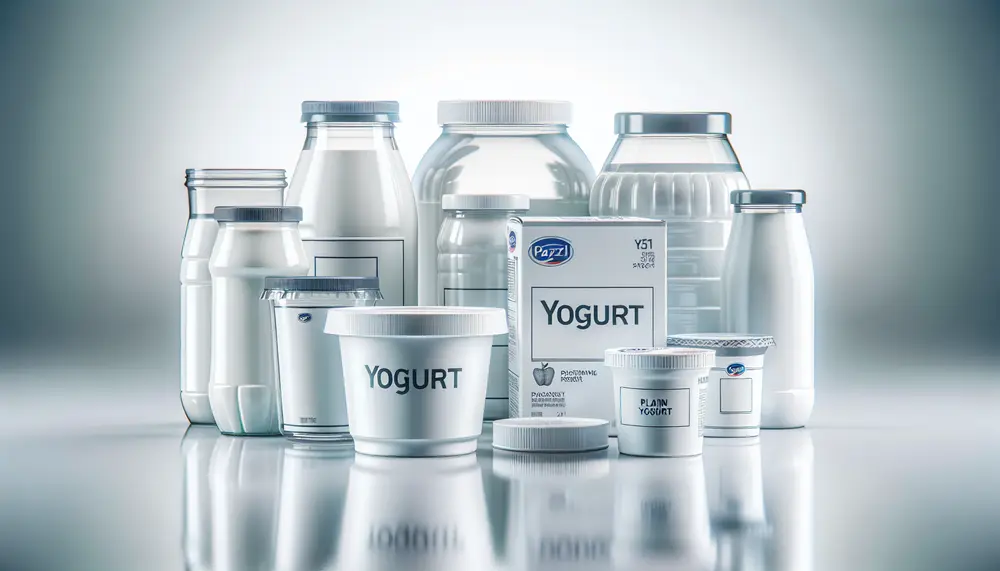
The article discusses the significance of yogurt packaging materials in preserving quality, extending shelf life, and marketing. It highlights various types of packaging like glass, plastic, composites, eco-friendly alternatives, and metal containers with their respective properties. Packaging choices for yogurt impact...
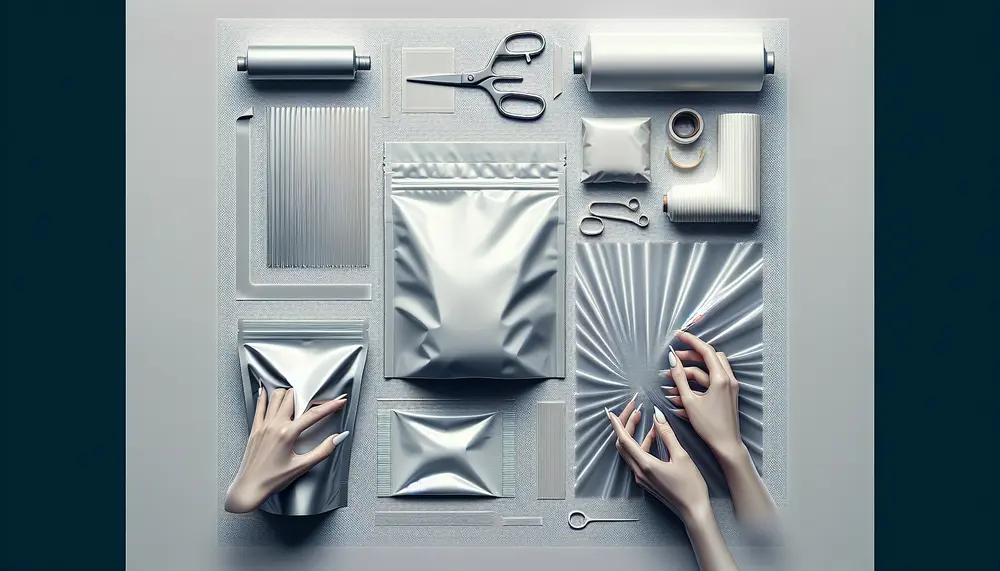
Flexible and soft packaging materials are cost-effective, protective solutions that bend to fit contents; they combine substrates like plastics for barrier protection and branding. The industry is shifting towards these lightweight, customizable options due to consumer convenience, sustainability benefits, and...
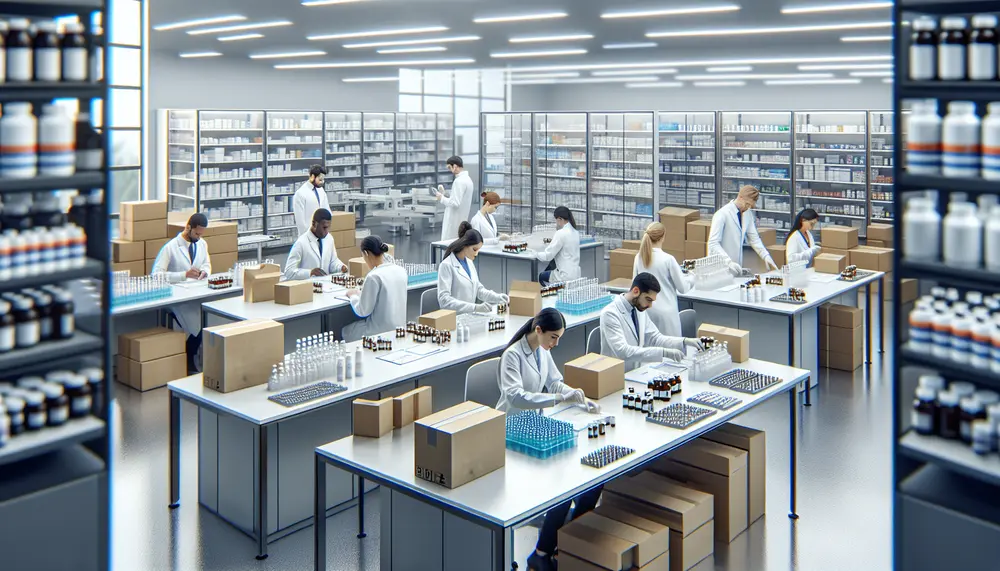
Pharmaceutical packaging for export requires strict adherence to international regulations set by global regulatory bodies like WHO, ICH, EMA, FDA, and PMDA to ensure safety and quality. Key regulations include Good Manufacturing Practice (GMP), ISO standards, serialization systems, labeling requirements,...
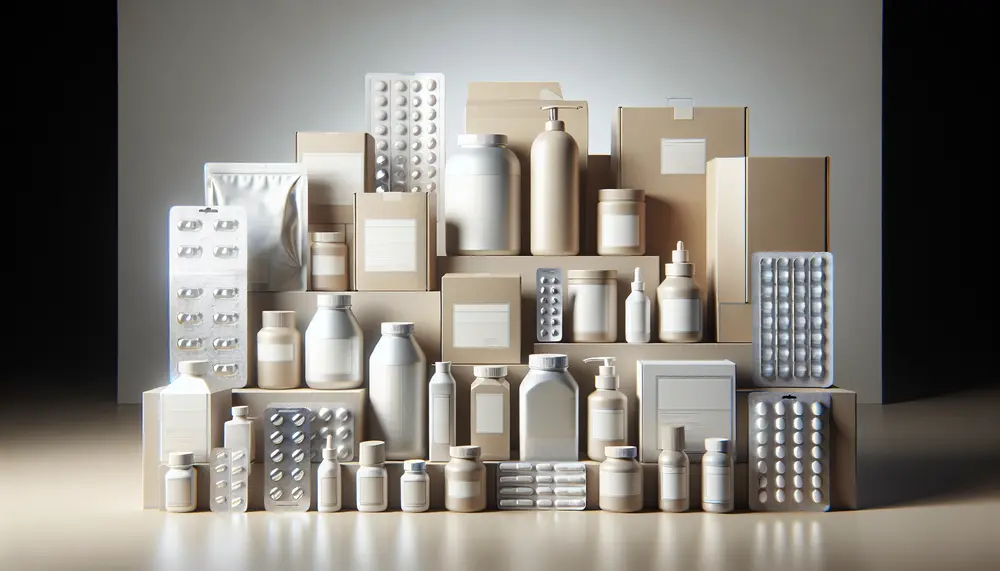
Pharmaceutical packaging and design are essential for ensuring medication safety, efficacy, and patient compliance. Effective packaging involves understanding regulatory requirements, material science, and user needs while providing protection, information, identification, convenience, and adherence to treatment plans; it must also comply...
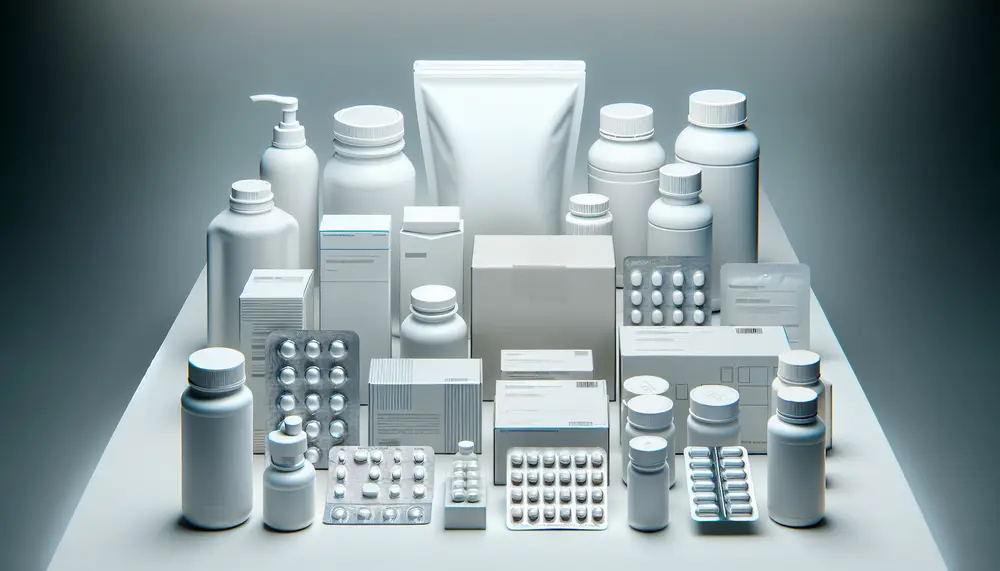
Pharmaceutical packaging is essential for protecting medications from contamination and degradation, providing critical information through labeling, ensuring regulatory compliance, and enhancing user experience with features like child-resistant caps. While it offers benefits such as safe transportation and storage, challenges include...
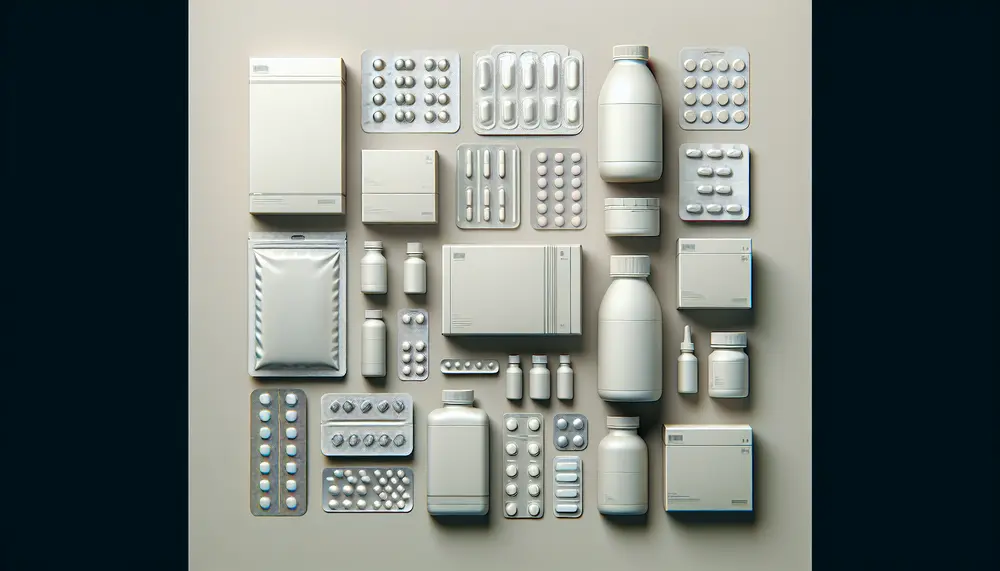
Tablet packaging materials are essential for protecting medication from contamination and damage, with properties tailored to the pharmaceutical product's needs. Secure tablet packaging is vital in maintaining drug potency, ensuring patient safety through tamper evidence, preventing misuse or accidental ingestion,...

Parchment paper is a versatile, non-stick baking essential that withstands high temperatures and simplifies cooking processes like en papillote. It comes in bleached or unbleached varieties, with the main difference being color due to chlorine treatment; both types offer similar...
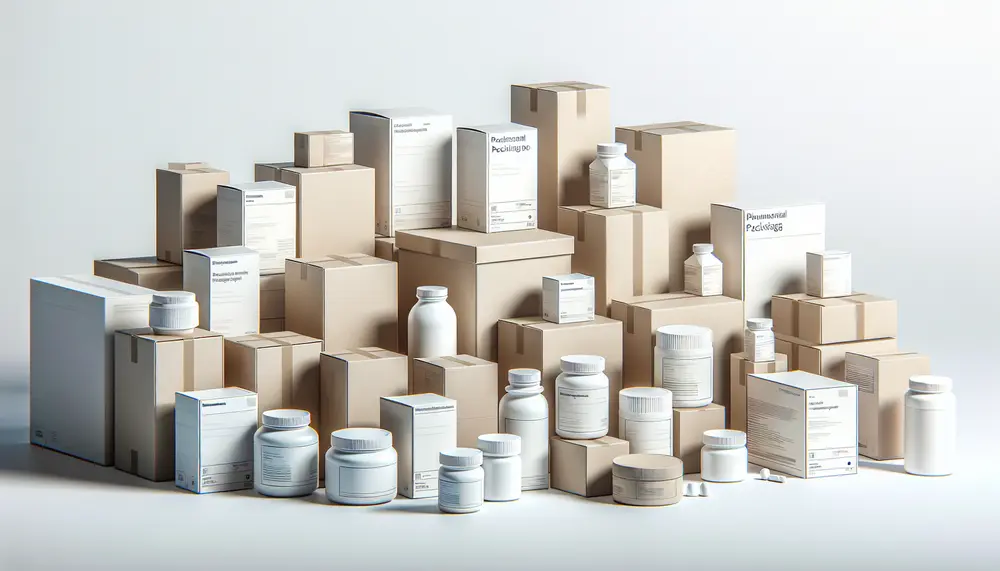
Pharmaceutical packaging boxes are crucial for maintaining the safety, efficacy, and integrity of medications by protecting them from external factors like moisture and contamination, while also providing essential information to healthcare providers and patients. The selection process involves considering material...
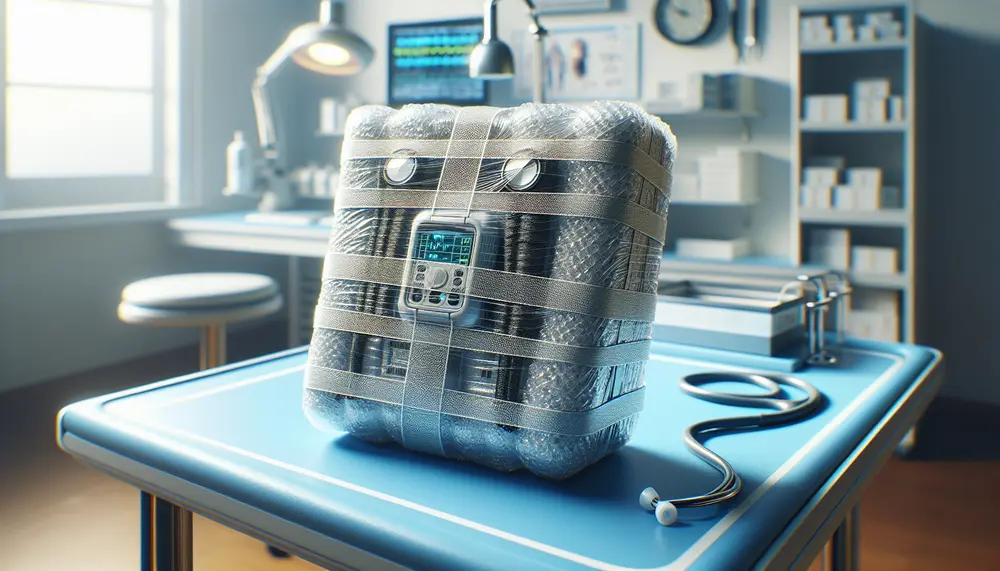
Protective packaging for medical devices is essential to ensure their safety, integrity, and sterility during transportation and storage. It involves selecting appropriate materials that can withstand sterilization processes while providing physical protection and maintaining regulatory compliance....
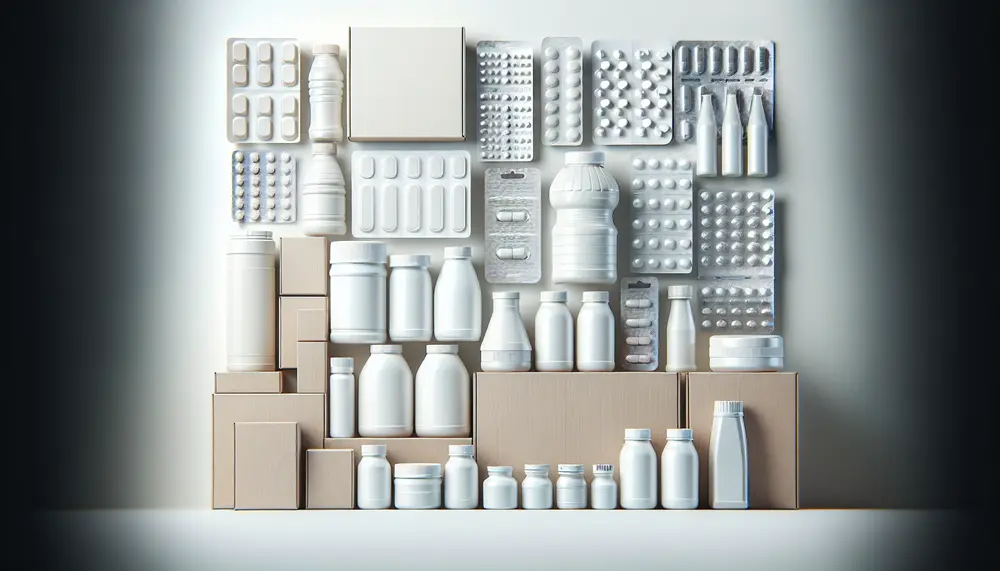
Pharmaceutical packaging is crucial for drug integrity and safety, balancing protection with patient convenience and regulatory compliance. Various materials like glass, plastics, aluminum foil, and biodegradable options are used to meet diverse needs in preserving quality while ensuring sustainability....
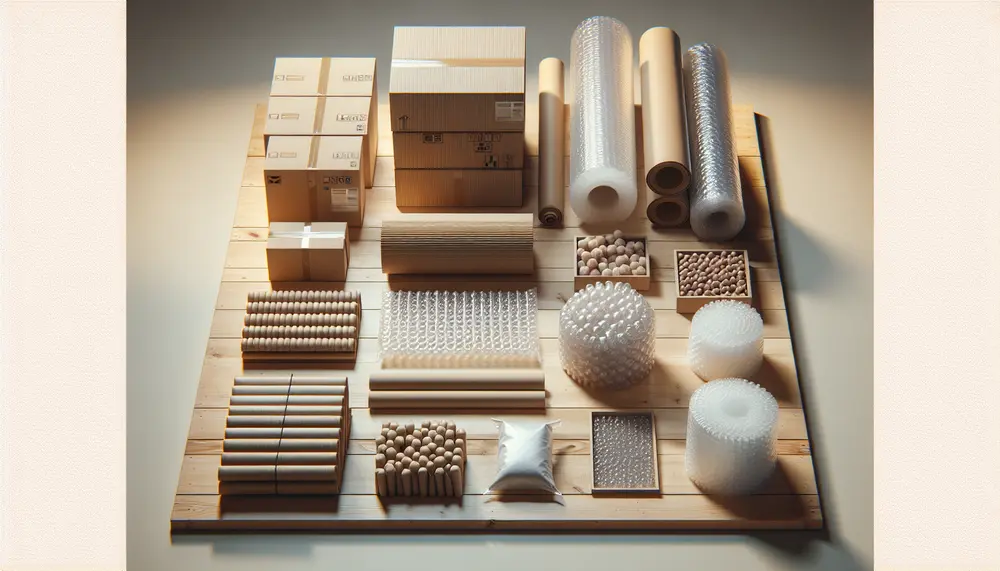
Packaging materials are essential for product protection, quality preservation, and shelf life extension across industries; they must balance protection with presentation and logistics efficiency. The food industry uses diverse packaging types like plastics, biodegradables, glass, metals, paper-based solutions to meet...
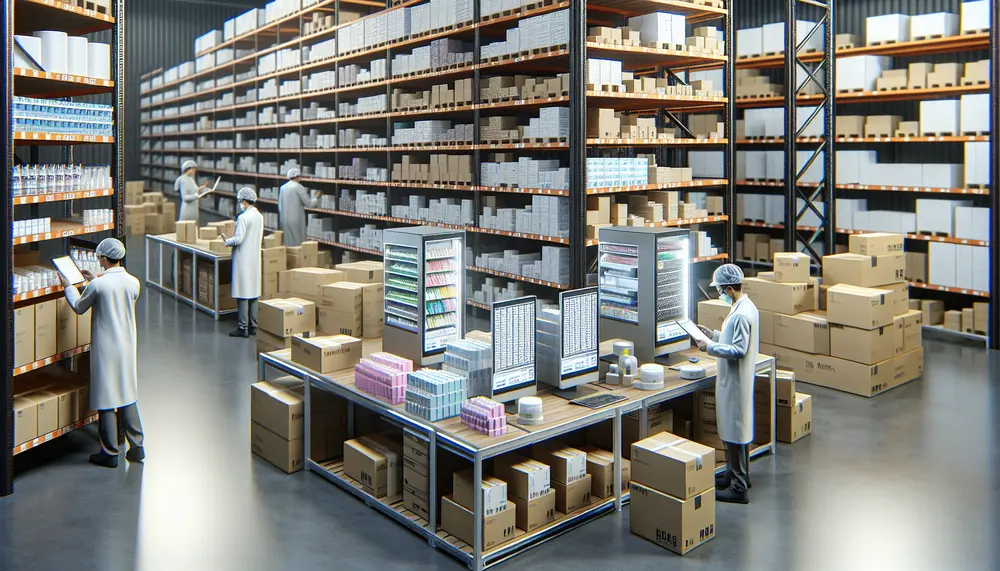
Starting a pharmaceutical packaging business involves understanding market demands, regulatory requirements, and sustainability trends. A comprehensive business plan covering executive summary, company description, market analysis, organizational structure, products/services offered, marketing strategy, financial projections, and risk mitigation is essential for securing...

The pharmaceutical packaging value chain is essential for ensuring medications are safely delivered from manufacturers to patients, involving steps like design and development, material selection, manufacturing processes, quality control, distribution logistics, regulatory compliance, and sustainability. Each component plays a crucial...
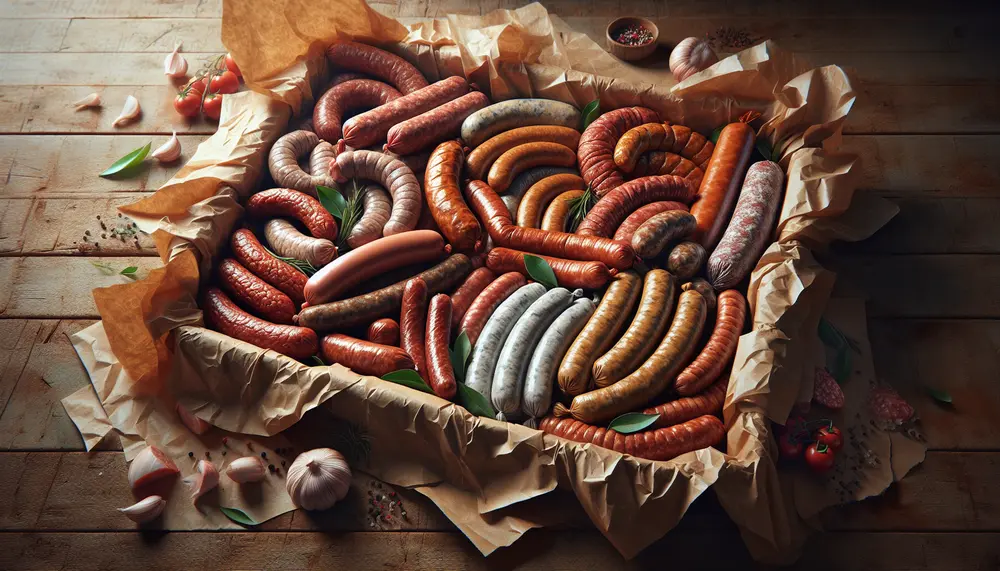
Sausage paper is essential in the meat industry for protecting sausage quality by preventing contamination and spoilage, aiding in shaping during processing, and enhancing retail presentation. Different types of sausage paper cater to various packaging needs and can impact product...
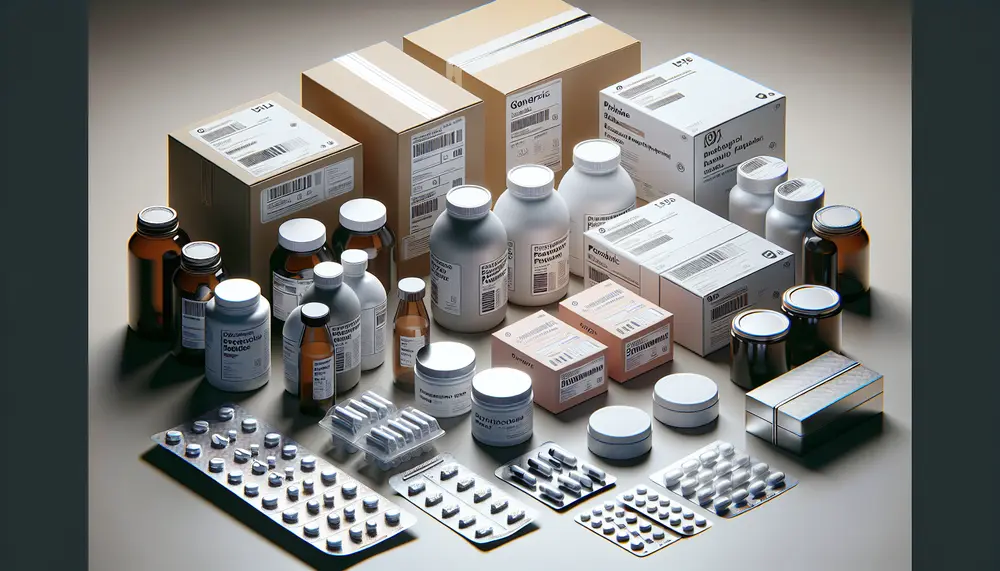
Pharmaceutical packaging is crucial for maintaining the safety, efficacy, and integrity of medications by protecting them from external factors like moisture and light, enhancing patient compliance with user-friendly designs such as dosing calendars, and extending product shelf life. Various types...
